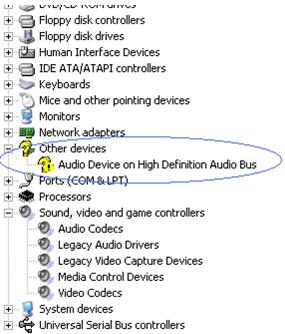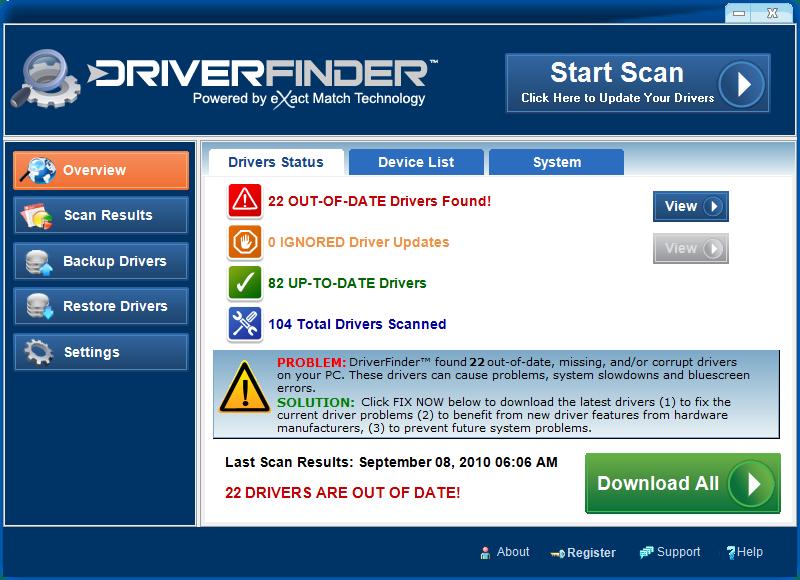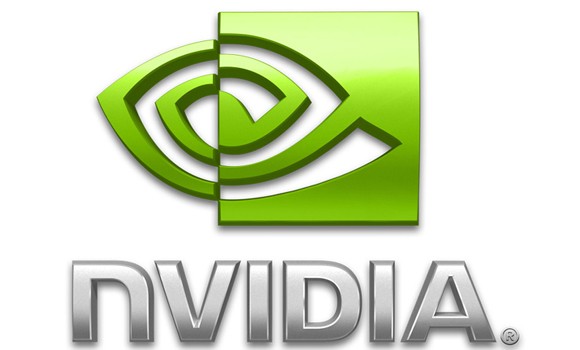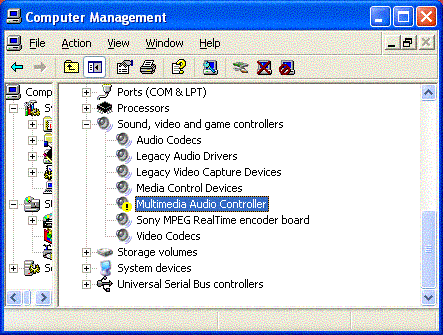My PC Has No Sound!! What To Do About This Driver Error
A PC with no sound is like a car without the radio – you really need it in order to ensure the pleasantries of your system. The lack of sound on your system is likely going to be caused by 2 problems – either the hardware (speakers) of your system has a fault, or the driver software inside Windows is unable to correctly run. If you have either of these problems, the result will be that no sound will project from your system, which is the issue you’re facing now. To fix this problem, you can use the steps outlined on this page.
What Causes No Sound Problems On Windows
There are a number of problems that will lead this error to appear, including the likes of your computer not having the correct driver it requires, or having some sort of issue with its settings. Here are the possible causes of the error:
- Your PC will not be able to read the “sound driver” that it needs to run
- Your computer will be unable to run your software correctly
- Your system will not have the required hardware to help it run properly
How To Fix No Sound Issues
Step 1 – Make Sure Your Software Is Working Correctly
If you’re experiencing this problem with just one particular piece of software, then it suggests that you have some sort of problem with that program. This is often an issue for games, which are unable to correctly read the files or settings that they require to run the complex sound on their system. If you are experiencing this when you try and use a particular program, you have to be able to re-install the software by following these steps:
- Click “Start“
- Click “Control Panel“
- Click onto “Uninstall A Program“
- Locate the software causing the problem
- Click “Remove” next to the program
- Restart your PC
- Re-Install the program
This will basically repair any of the files and settings the program may have, and should resolve any issues that the sound may have inside. This problem is typically the case with games, so don’t be surprised if you have to re-install the game on your PC.
Step 2 – Ensure Your Speakers Are Working
The next step is to make sure that the speaks on your system are working correctly. This can be done in two ways – the first by using the inbuilt Windows Volume controls, and the second by trying to play some music through your system. Here’s what you need to do:
Make Sure The Volume Is Okay
- Click “Start”
- Click “Control Panel”
- Click “Sound”
- Click on “Properties”
- Click onto “Levels”
- Boost the volume of your system
One of the common issues that your system may be facing is that the Windows volume settings will not be correct, and will actually be outputting a relatively low level of volume. To fix this problem, you have to be ensure that the hardware your system is trying to use is both able to play the sound, and has sufficient volume levels.
Make Sure Your System Can Play Music
- Insert an audio CD into the CD drive of your system
- Click “Play” when the pop-up box appears asking you to play the audio
- Let the music play
This basically allows your system to play all the music that is on the CD, and will consequently ensure that your computer is able to play music. If you cannot hear anything from this exercise, it suggests that there is a problem with the drivers or software of your PC, which needs to be resolved in Step4.
Step 3 – Manually Update The Audio / Sound Driver
This step is very advanced, and so if you’re a beginner it’s recommended you click on the next step.
The last outstanding problem that could lead to the sound not working is actually down to the “sound driver” of your system not working correctly. The sound driver of your system is basically the software that Windows uses to convert the internal sound data into actual audible sounds. “Drivers” are used by all Windows computers to help control all the hardware on your PC, and as a result it’s important that you’re able to keep all of the drivers that your system has in the most effective way.
To fix this, you should perform these steps:
- Click “Start”
- Right-click on “My Computer”
- Select “Properties”
- In the new Window that loads, click onto “Device Manager”
- This will show all the hardware that your system has, and should show you an image like the one below:

- This basically means that your system recognizes the audio hardware, but does not have a driver that it needs for it to run.
- Right-click onto the yellow item, select “Update Driver”
- This should update the driver (if Windows can find it)
- If prompted, make your PC check the Internet for available drivers too
Step 4 – (Recommended) Use Automated Driver Update Software
If all this sounds like rocket-science to you, then the good news is that you should be able to fix the problem relatively easily by using an automated driver update application. These tools have been created by professional software developers, and update any of the damaged or corrupted drivers that your system may have. If you want to ensure the sound of your system is okay, then you need to be able to use one of these driver update programs – which can be done by downloading a reliable tool onto your PC and then letting it fix the various problems that your computer may have.
Our recommended tool is one called “Driver Finder Pro“:
Here’s how to use this program:
- Download DriverFinder from its official website
- Install the software onto your PC
- Let the program identify all the hardware that your may have on your system
- The tool will then recommend all the updates that are required
- You then need to register (it will cost $34.99) and then let it repair the problems on your system
- This will fix the sound errors on your system for good.





